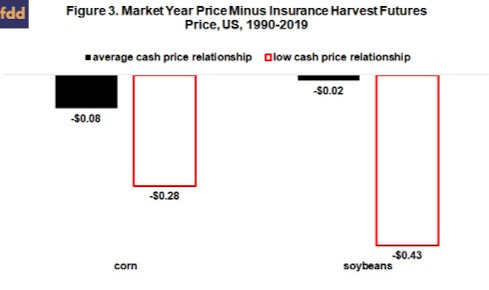Dr. Glenn Selk, Oklahoma State University Emeritus Extension Animal Scientist, offers herd health advice as part of the weekly series known as the "Cow Calf Corner" published electronically by Dr. Peel and Dr. Glenn Selk. Today, Dr. Selk reminds producers to closely moniter the mineral intake of their cattle during the summer months.
"Summer often becomes a busy time of year for ranchers (especially during haying season). Don't forget to check the mineral feeders or blocks to be certain that they are supplying the minerals that your cows need. In some cases, medications may be recommended by your veterinarian to be included in the mineral mix. Cow calf operators will want to monitor mineral consumption closely to be certain that the label-recommended amounts are being consumed by the cattle. A “Veterinary Feed Directive” (VFD) will be necessary for antibiotic feeding in mineral supplements. Contact and work with your local large animal veterinarian about the appropriate VFD for your operation.

"Placement of mineral feeders and blocks can aid in achieving optimum mineral intake. Place them in areas where cattle spend a lot of time. Minerals should be placed in loafing areas, near water sources, in shady areas, or any other location that tends be a popular place for the herd to congregate. A rule of thumb is to provide one mineral feeding station for every 30 to 50 cows. Check feeders at least once a week and keep a clean, fresh supply of minerals present at all times. A good feeder should keep minerals dry, be portable and hold up to abuse and corrosion. Open tubs are not adequate in high rainfall areas. Cattle owners can get receive additional help with calculating mineral intake with the “OSU Mineral Calculator” and the “OSU Mineral Consumption Record” sheets. To download these aids visit beefextension.com and click on the appropriate menu items on the right side of the page.